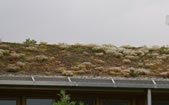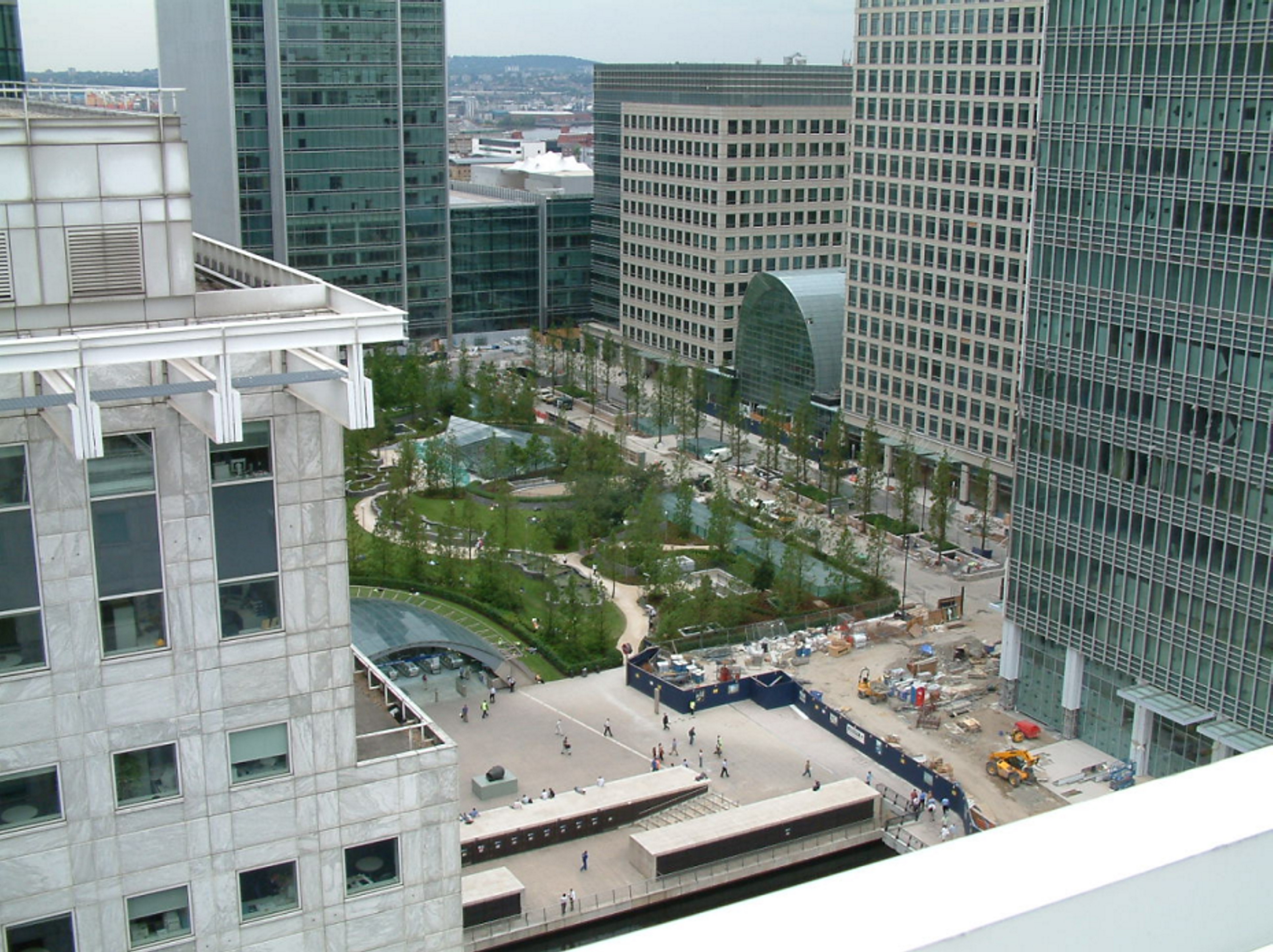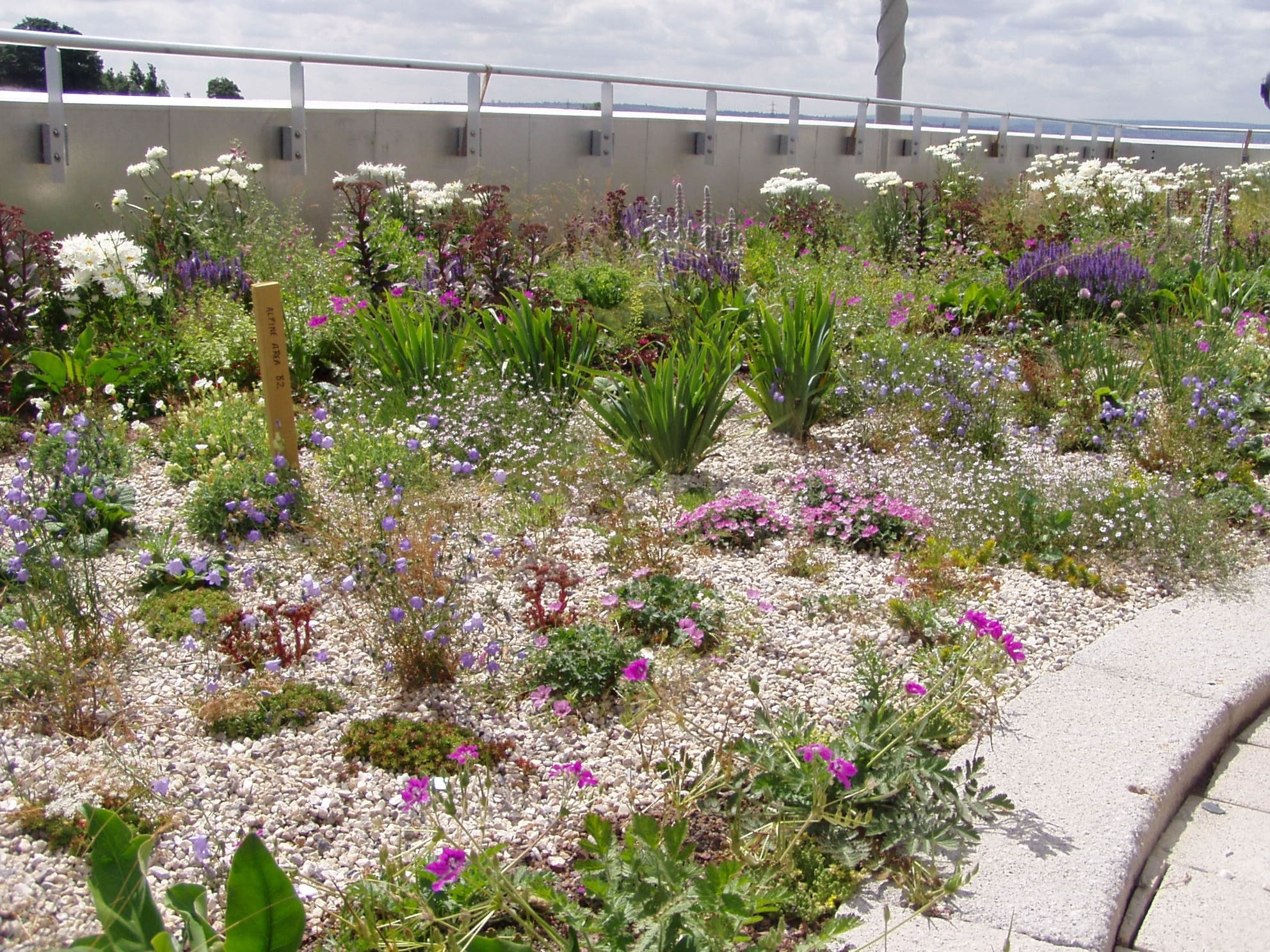

home > green roofs > introduction
Historical perspective
Green roofs are not a new concept. In northern Europe they were a common element of vernacular styles of buildings up until the early 1900s, when the increased availability of cheap, reliable and low maintenance roofing materials impacted on their use.
Renewed interest in green roofs started towards the end of the 19th century in Germany where they were used for their fire retarding properties, and developed further during the early part of the 20th century as architects such as Le Corbusier, Walter Gropius and Frank Lloyd Wright embraced the concept of green roofs and roof gardens.
High profile examples of green roofs from the first half of the 20th century include The Lawn Road Flats (Isokon Building), Hampstead, London, (1933-1934), and on the building still known as Derry and Toms in High Street Kensington, London (1936-1938).
Types of green roof
Green roofs can be constructed on both flat (slope <10o) and pitched (slope >10o) roofs, although for the latter the stability of the materials used to create the roof and the water retention characteristics require careful consideration. Equally it is possible to construct a green roof on warm-deck (standard and inverted) and cold-deck roof constructions, although when constructing a green roof on an inverted warm-deck roof, a number of additional features should be incorporated within the design (e.g. extruded polystyrene insulation that is impervious to water).
The term “green roof” covers roofs, balconies and terraces, and includes roofs that are used by people as public open space and those that are deliberately inaccessible. The following three green roof categories are incresingly widely used:
Extensive – with thin soil, little or no irrigation requirements, low water retention and nutrient poor conditions for plants. |
 |
Fig (right) - intensive roof, Jubilee Park, Canary Wharf (courtesy G Kadas)
|
 |
|
 |
The type of green roof design will impact on the types of vegetation that can be grown, the likelihood of public access, structural considerations, maintenance requirements and cost.
Green roof build-up/ components
Including typical commercial green roof cross-section on a warm roof (Figure 9.1 in the guidance). Green roofing systems require a minimum of four components:
Further components can be added depending on the specification or the particular system manufacturer, including filter membranes, moisture mats, protection boards, water retention systems, irrigation systems, special features to locate trees (e.g. anchorage fixings) and additional thermal insulation.